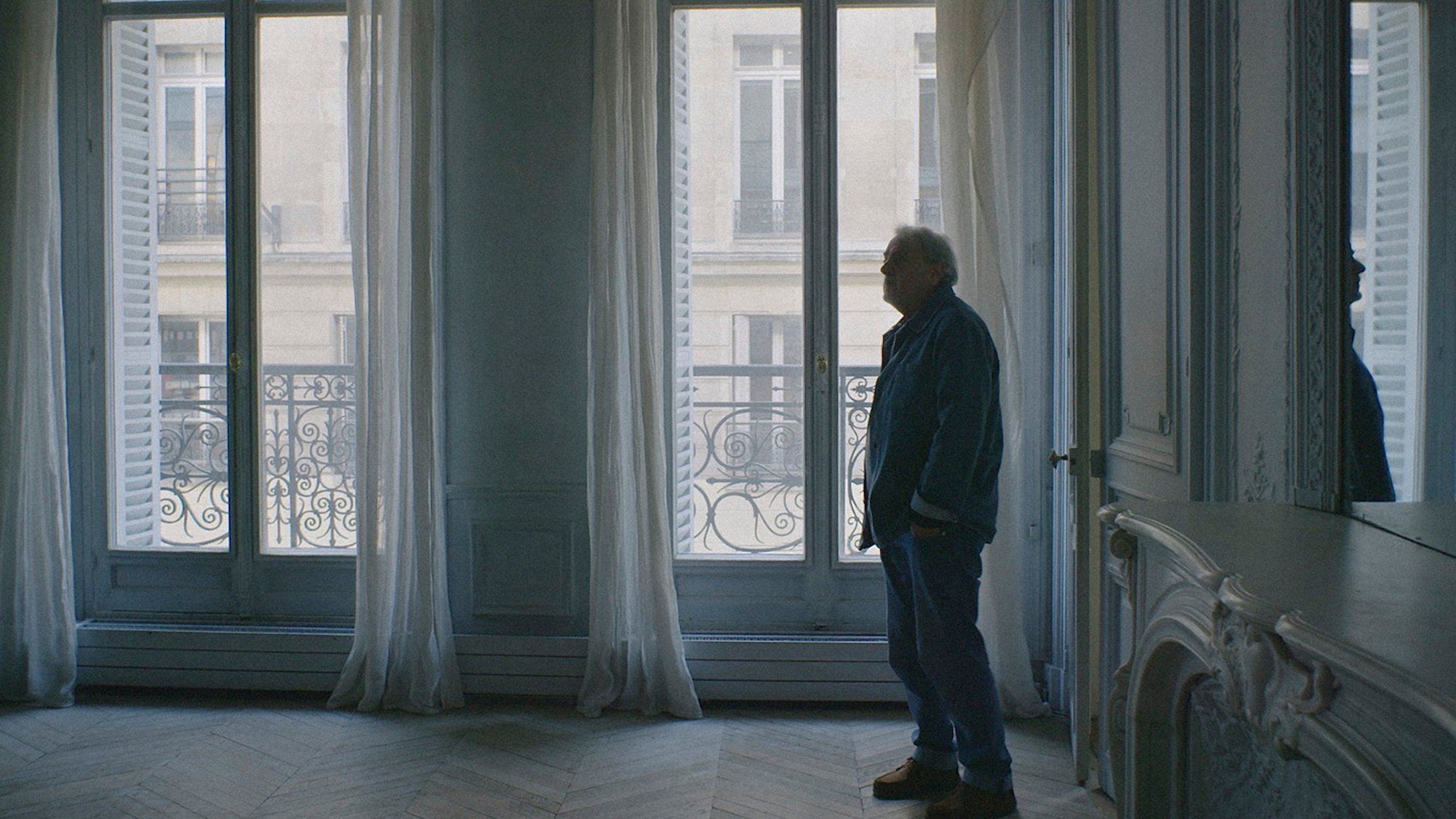Moving in with your partner or keeping separate homes? Opting for shared living or choosing to live alone? Staying in Paris or sailing towards new horizons? These are all personal and family journeys that lead to changes in household demographics, both in the capital and more broadly in Île-de-France, as revealed by a new study from the National Institute of Statistics and Economic Studies (Insee) published this Tuesday, May 27. According to the projections, which specifically address the evolution of the number and composition of households in Île-de-France by 2050, the region could gain 570,000 households, with significant disparities between the departments.
« Une exception en Île-de-France » : d‘après l’Insee, Paris pourrait perdre 2 600 ménages par an d’ici à 2050... mais quelles peuvent bien être les causes de l'exode de #Paris ?🤔 https://t.co/P6iEZ9NccR
— Kâplan (@KaplanBen_Fr) May 27, 2025
Paris, the paradise for lonely souls?
Currently - or rather, according to the latest estimates from 2018 - Paris has 52% of single-person households, meaning people living alone (without any indication of their love life). This is a national record: the average across France is at a mere 38%. The trend may continue to rise, as indicated by the Insee report, reaching 55% by 2050. At the same time, “the proportion of couples (with or without children) would decrease by two points, dropping from 35% to 33%, and the number of single-parent families would remain nearly stable, around 7.5%,” the study continues. The average household size is expected to decline, going from 1.87 to 1.76 people per home.
Another finding from the study that might be a bit worrying for the City in terms of demographics: the capital would be the only area to see its number of households decline. The graphs suggest a decrease of 0.24%, which means an average loss of "2,600 households each year until 2050, compared to 800 per year between 2008 and 2018". No worries, though, for Saint-Denis, which would gain 0.58% more households over the same period, or Seine-et-Marne with its 0.52% growth. Each point of the study highlights a unique aspect of Paris, with several factors contributing to this.
Habiter seul c’est une dinguerie vraiment. Tu peux passer 8h sans dire un seul mot.
— ZIZOU🇨🇮 (@zizouharold) May 20, 2025
Multiple Causes
After the diagnosis, it's time to look at the causes. Insee actually studies these statistics in light of a multitude of factors, one of which primarily concerns the demographic decline of the capital. It's well known that :every year, the population in the French capital is decreasing. In a report dated December 19, the institute noted that between January 1, 2021, and January 1, 2022, the capital's population decreased from 2,133,111 to 2,113,705 inhabitants, representing a decrease of 0.9% in one year. Mechanically, this means that the number of households would also decrease if this trend, which has been ongoing since the 1950s, continues.
But that's not all. Other criteria...éclairent les résultats, à l’image du aging of the population. « The older people get, the more they tend to live alone or in smaller households, without children », explains Marie Acs, assistant to the head of the studies and dissemination department of Insee Île-de-France, to our colleagues from Parisien. Finally, the transformation of cohabitation patterns - shared housing, cohabitation… - must be taken into account, as in recent years, the number of marital separations is increasing, reflecting a profound transformation of family trajectories.
👇#PARIS NE FAIT PLUS RÊVER Un sentiment de ras le bol s’est instillé dans les esprits : « j’ai l’impression que tout se dégrade année après année. La #saleté, le coût de la vie, le comportement des gens…». Ce n’est pas un hasard si la capitale perd 12000 habitants chaque année. pic.twitter.com/k72hg2u3Zu
— Dominique Dupré-Henry (@DuprDominique2) February 3, 2025
See this post on Instagram
